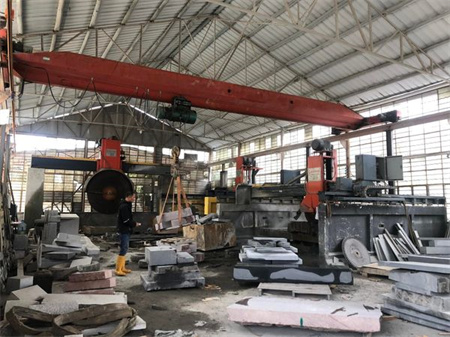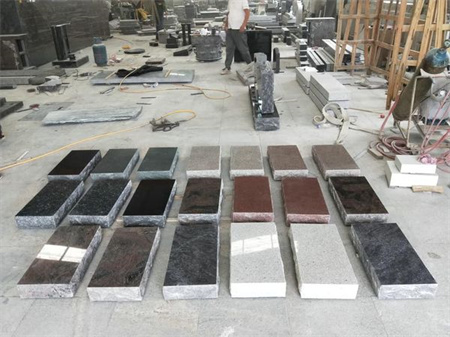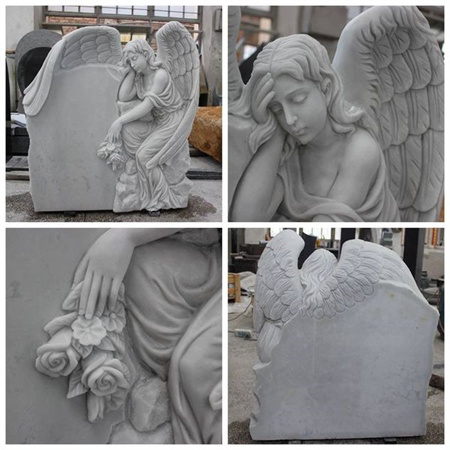The Role of Stone Memorials in Cultural Heritage
The Role of Stone Memorials in Cultural Heritage
Stone memorials have long been revered for their ability to preserve memories and honor the past. From ancient civilizations to modern-day societies, they stand as powerful symbols of culture, tradition, and remembrance. As a leading manufacturer of stone monuments at Boda Stone, we understand the deep significance these memorials carry, not only as markers of history but also as expressions of artistic craftsmanship. Exporting our high-quality memorials to regions such as the United States, Canada, the UK, and across Europe, we continue to play a part in preserving cultural heritage through the timeless beauty of stone.
Throughout history, stone has been the material of choice for memorials, due to its durability and permanence. Unlike other materials, stone withstands the ravages of time, standing firm through centuries. Whether it’s a grave marker, commemorative plaque, or monumental sculpture, stone memorials serve as tangible reminders of lives lived and moments cherished. These structures create connections across generations, linking the present to the past while offering a sense of continuity and respect.
In cultures across the globe, stone memorials are more than just physical markers—they represent a culture’s values and beliefs. In the West, they often embody respect for ancestors, the honoring of historical events, and the celebration of heritage. In many European countries, the tradition of crafting detailed, intricate tombstones reflects a deep reverence for the deceased, showcasing both skill and sentiment. Similarly, in Eastern traditions, stone memorials can represent spiritual journeys, often adorned with symbols and inscriptions that reflect philosophical and religious beliefs.



Copyright © Huian Boda Stone Co.,Ltd All rights reserved.
ipv6 network supported